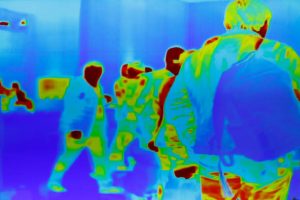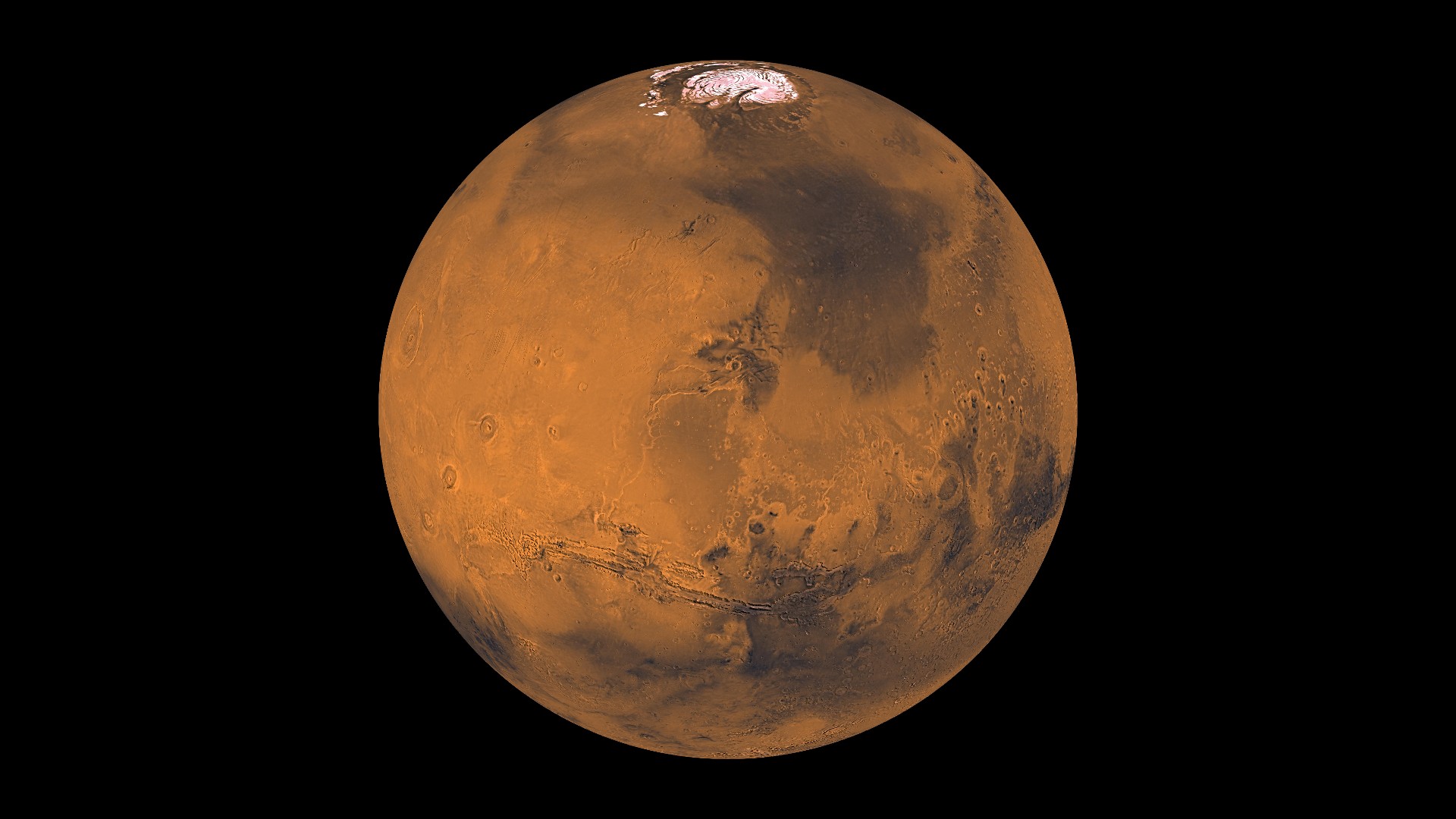From Blurred to Brilliant: The AI Solution for Thermal Image Enhancement
Thermal imaging is a technology that uses infrared radiation to create images of objects and people. This technology is often used in low-light conditions, such as at night or in smoke. However, conventional thermal imaging can suffer from blurriness and noise, which can make it difficult to identify objects or people.
AI-enhanced thermal imaging is a new technology that uses machine learning algorithms to improve the clarity and accuracy of thermal images. These algorithms are trained on a dataset of thermal images, and they learn to identify and remove noise and blur. This results in clearer, more accurate images that can be used for a variety of applications.
One of the most promising applications of AI-enhanced thermal imaging is in search and rescue operations. In these operations, it is often important to be able to identify people who are lost or trapped in a dangerous environment. AI-enhanced thermal imaging can be used to create clear images of people, even in low-light conditions or in smoke. This can help rescuers to find and rescue people more quickly and safely.

AI-enhanced thermal imaging is also being used in other applications, such as:
- Infrastructure monitoring: AI-enhanced thermal imaging can be used to detect leaks and other anomalies in infrastructure, such as bridges and pipelines. This can help to prevent accidents and damage.
- Medical diagnostics: AI-enhanced thermal imaging can be used to monitor the health of patients, such as those with cancer or heart disease. This can help doctors to detect problems early and provide treatment.
- Wildlife research: AI-enhanced thermal imaging can be used to track and study wildlife. This can help scientists to learn more about the behavior and ecology of animals.
The research of Fei-Fei Li and others is helping to make AI-enhanced thermal imaging more accessible and affordable. This technology is likely to have a major impact on a wide range of industries, and it has the potential to revolutionize the way we use thermal imaging.
How AI-Enhanced Thermal Imaging Works
AI-enhanced thermal imaging uses machine learning algorithms to identify and remove noise and blur from thermal images. These algorithms are trained on a dataset of thermal images, which allows them to learn the patterns of noise and blur. Once the algorithms are trained, they can be used to enhance any thermal image.
The process of AI-enhanced thermal imaging can be divided into three steps:
- Image pre-processing: The first step is to pre-process the image. This involves removing any background noise and correcting for distortions.
- Image enhancement: The second step is to enhance the image. This involves using the machine learning algorithms to identify and remove noise and blur.
- Image post-processing: The final step is to post-process the image. This involves sharpening the image and adjusting the contrast.
The entire process of AI-enhanced thermal imaging can be completed in a matter of seconds. This makes it a practical solution for real-time applications, such as search and rescue operations.
The Benefits of AI-Enhanced Thermal Imaging
There are several benefits to using AI-enhanced thermal imaging:
- Clearer images: AI-enhanced thermal imaging can produce clearer images than conventional thermal imaging. This is because the algorithms are able to remove noise and blur, which can make it difficult to identify objects or people.
- More accurate images: AI-enhanced thermal imaging can also produce more accurate images. This is because the algorithms are able to learn the patterns of noise and blur, which allows them to remove it more effectively.
- Faster processing: AI-enhanced thermal imaging can be processed much faster than conventional thermal imaging. This makes it a practical solution for real-time applications.
- More affordable: AI-enhanced thermal imaging is becoming more affordable, which makes it more accessible to a wider range of users.
The Future of AI-Enhanced Thermal Imaging
The research of Fei-Fei Li and others is helping to make AI-enhanced thermal imaging more accessible and affordable. This technology is likely to have a major impact on a wide range of industries, and it has the potential to revolutionize the way we use thermal imaging.
In the future, AI-enhanced thermal imaging is likely to be used in a variety of new applications, such as:
- Autonomous vehicles: AI-enhanced thermal imaging could be used to help autonomous vehicles navigate in low-light conditions or in fog.
- Military applications: AI-enhanced thermal imaging could be used to detect and track targets in the dark.
- Space exploration: AI-enhanced thermal imaging could be used to study the surface of planets and moons.










